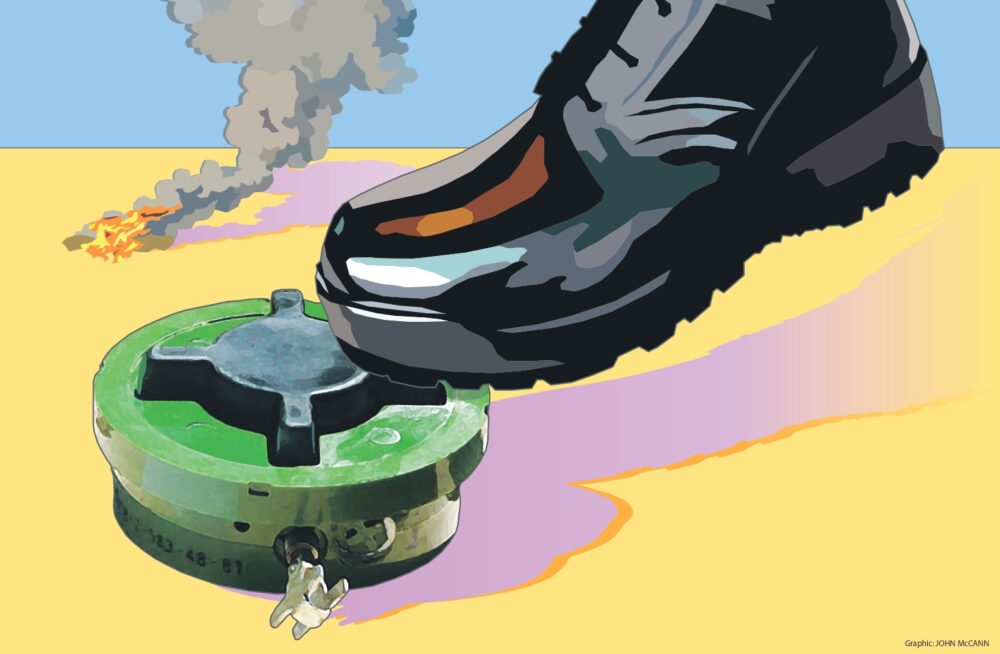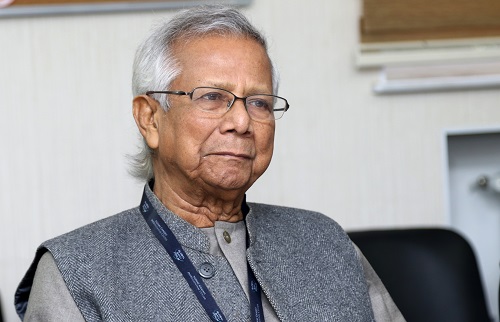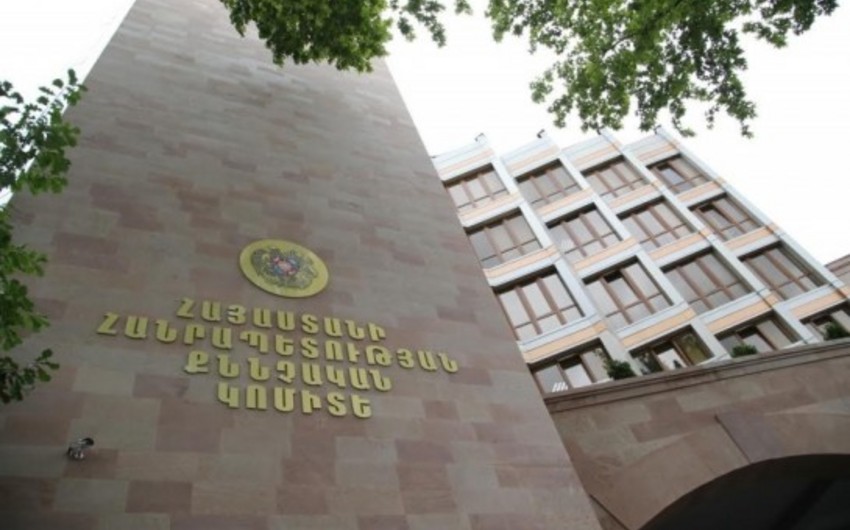Feminism is a multifaceted and continuously evolving movement that fights for women to have equal rights with men in social, political, and economic spheres. Historically, this movement has aimed not only at legal and institutional changes but also at re-evaluating the cultural, artistic, and psychological dimensions of female identity. Feminism seeks to transform the position of women in society not only through official laws but also through culture, media, art, and the language of everyday life. In this regard, not only those who openly identify as “feminist” but also figures who contribute to feminist principles through their lifestyles, public impact, and choices have played an essential role in the development of the movement.
One such figure is undoubtedly Marilyn Monroe, one of the most iconic personalities of the 20th century an American actress, model, and singer. While she is often remembered as a symbol of glamour, beauty, and sexuality, behind this seemingly naïve image stood a deep resistance to society’s expectations of women. Monroe represented values such as a woman’s right to own her body and choices, personal freedom, and emotional honesty. Although she did not write ideological manifestos of the feminist movement, her life became a personal and artistic embodiment of many of its ideas.
One of the fundamental pillars of feminism “a woman’s right to control her own body and identity” was reflected in Monroe’s on-screen personas as well as in her real life. She was one of the rare icons who proved that a woman is not merely an object of beauty but a complete person endowed with creativity, decision-making power, and emotional depth. For this reason, Marilyn Monroe is not only considered a “sex symbol” in modern feminist discourse but also valued as a “proto-feminist” a woman who lived and expressed feminist ideas before they were defined as such.
Monroe’s example demonstrates that feminism is not solely the work of women who march on the streets or write manifestos; it can also be expressed in everyday choices, artistic works, and the smallest details of personal life. In this context, Marilyn Monroe stands as a symbol of female liberation and a silent yet powerful rebellion against the roles society imposes on women.
The Power Behind Glamour: From a Sexual Image to a Political Message
Although Marilyn Monroe is frequently introduced as Hollywood’s “sex symbol,” this label does not fully reflect her multilayered and complex personality. At first glance, her public image appeared to conform to a seductive female stereotype designed from a male perspective. However, upon closer analysis, we see that Monroe not only performed this stereotype but also subtly resisted it with a finesse inherent to the feminine archetype. Unlike other women, she demonstrated a performative and creative resistance against the objectification of the female body.
In feminism, the social and political control mechanisms built around the female body are widely criticized. Monroe was one of the first female stars to attempt to take control over her own body. Her sexual image was not just to please the male gaze, but also a declaration of a woman’s right to love, accept, and express her body as an act of empowerment. By commercializing her appeal, she also reminded the world that she owned that appeal.
In this context, Monroe’s image can be seen not merely as an erotic symbol, but as an early manifestation of feminist struggle through the lens of body politics. She demonstrated that women could present their bodies without shame, fear, or submission to externally dictated norms. This aligned directly with the core feminist principle of a woman’s ownership of her own body.
Monroe’s gestures and stage behavior, her tone of voice, and body language were not just acts of seduction; they were attempts to expose and reclaim the roles assigned to women by society. In an era when women barely dared to speak about their own bodies and sexuality, Monroe showed that the female body should not be hidden, but expressed.
Later, feminist researchers and gender theorists evaluated Monroe’s approach as an act of “reclaiming the body.” Her explicit sexual expressions paradoxically became a tool of power against the objectification of women. Monroe redirected her sexuality toward her own interests, becoming not just a desired woman but a woman who desires.
For this reason, Monroe’s sexual image was not only a visual symbol but also carried a disruptive social influence. Her appearance and behavior, while seemingly aligned with patriarchal views, subtly questioned and reversed those perspectives. This ambivalence the simultaneous conformity and rebellion transformed Monroe from a mere movie star into a cultural icon of resistance.
Today, feminist theorists interpret her actions through a different lens and note that Monroe managed to shape the image of the sexual woman not just as an aesthetic, pleasure-giving object, but as a source of power and change within the existing system. Her messages were hidden not in manifestos but in body language, clothing, silence, and performance turning her from a typical starlet into a political figure who spoke through her body.
A Leader Behind the Camera: Creative Control and the Right to Decide
1950s Hollywood behind the dazzling screens, glamorous stars, and stunning scenes was an industry governed by a deeply patriarchal structure. Women in cinema were mostly allowed to work as actresses, sometimes singers or models. In the behind-the-scenes decision-making processes directing, producing, screenwriting, and production rights women were either entirely absent or present only in very limited capacities. A woman’s role in this space was to perform a prewritten, externally designed part but Monroe tried to break that mold.
In 1955, Marilyn Monroe established her own production company, Marilyn Monroe Productions, delivering one of the first major blows to that system. This step was not only about gaining economic and creative freedom, but also a radical and symbolic act of a woman claiming agency over her career. At that time, such a move was rare and risky even for male actors for a woman, it was an open challenge to the system.
This action aligns with the concept of “agency” in feminist theory the ability of individuals to actively influence their lives and decisions. Monroe wasn’t content with just performing roles; she wanted to decide how and why those roles were created. She aimed to reshape male gaze-driven aesthetic norms by penetrating the production processes behind them.
Monroe’s production company wasn’t merely a formality through it, she influenced scripts, chose her roles, and aimed to portray her characters with more emotional depth and intellectual complexity. This distanced her from the stereotypical “dumb blonde” image and created spaces where a woman could express herself.
In an era when gender-based stratification in the film industry was rigid, a woman taking on a leadership role in film production was both symbolically and practically revolutionary. Through this move, Monroe sent a message to other female artists: “There is a place for women behind the camera, too.” This embodied the feminist principle of women’s economic and creative independence.
Monroe’s initiative marked a turning point that proved women could transform from passive participants into active decision-makers in the industry. She wanted to influence not only the results seen on screen but also the ideologies behind those results. In this sense, Monroe demonstrated early on that women’s participation in creative and economic structures is a fundamental part of feminist liberation.
Today, film historians and feminist scholars view Monroe’s move not just as a personal career achievement but as a strategic act of institutional resistance and a step toward creative freedom for women. Her actions paved the way for future female directors, producers, and writers, proving that a woman can be not just the subject but also the source and author of art.
Author: Leila Adigozalova
Translated to English by Madina Mammadova









